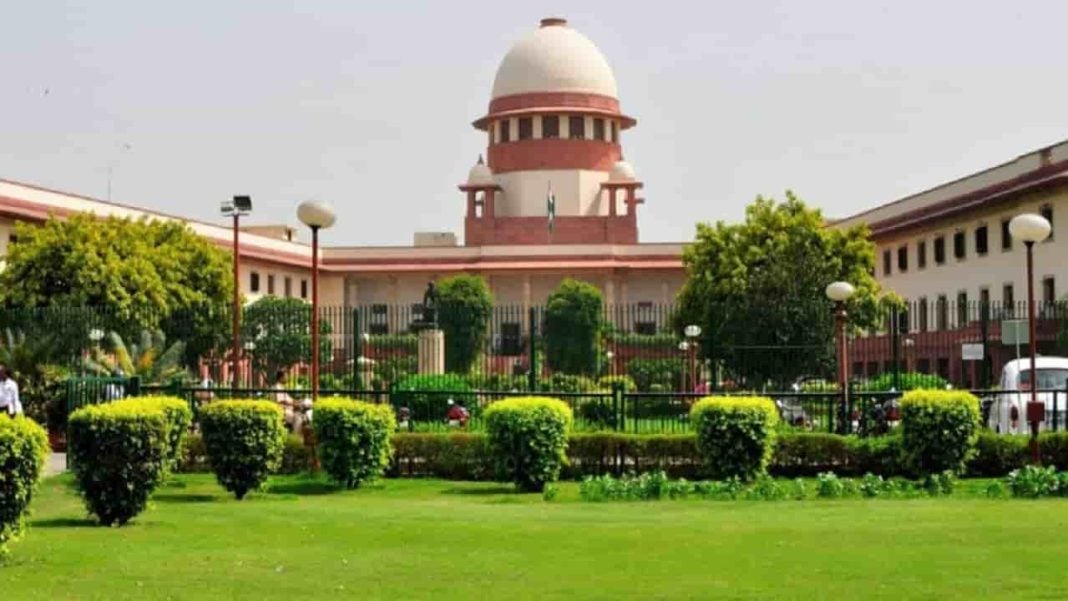SC: Industrial entities cannot claim land restoration meant for poor farmers under Singur acquisition—commercial units excluded from Kedar Nath Yadav relief

Case Name: State of West Bengal & Ors. v. M/s Santi Ceramics Pvt. Ltd. & Anr.
Citation: Civil Appeal arising out of SLP (C) No. 33701 of 2018
Date of Judgment: 13 October 2025
Bench: Justice Surya Kant and Justice Joymalya Bagchi
Held: The Supreme Court held that the relief of land restoration ordered in Kedar Nath Yadav v. State of West Bengal (2016) was intended solely for vulnerable agricultural communities affected by the Singur acquisition and cannot be extended to commercial or industrial entities. The Court ruled that Santi Ceramics Pvt. Ltd., a manufacturing company that had accepted full compensation and remained silent for a decade, was not entitled to the benefit of the Kedar Nath Yadav judgment. It emphasized that the doctrine of merger and parity cannot be used to convert targeted welfare relief into general restitution for all landowners.
Summary: The dispute arose from the 2006 land acquisition for Tata Motors’ “Nano” project at Singur. The respondent company had purchased 28 bighas of land earlier for setting up a ceramic manufacturing unit, which was acquired and compensated with ₹14.54 crores, including ₹9.08 crores for structures. After Kedar Nath Yadav quashed the acquisition in 2016 and directed restoration of land to farmers, the respondent sought similar restoration in 2016, which the Calcutta High Court allowed. Reversing the High Court, the Supreme Court held that Kedar Nath Yadav relief was meant for “poor agricultural workers” who lacked the means to challenge governmental action and faced livelihood extinction. The respondent, being a corporate manufacturer with resources and access to legal remedies, could not claim the same benefit after voluntarily accepting compensation. The Court also noted that the respondent’s decade-long silence and participation only after the 2016 ruling amounted to waiver and acquiescence.
Decision: Appeal allowed. The Supreme Court set aside the Calcutta High Court’s orders directing restoration of land to Santi Ceramics Pvt. Ltd. and dismissed the writ petition. The respondent was, however, permitted to remove any remaining machinery or structures within three months or request auction of materials, with entitlement only to net proceeds. No recovery of excess compensation was directed, and the State was allowed to resume possession after fresh demarcation.